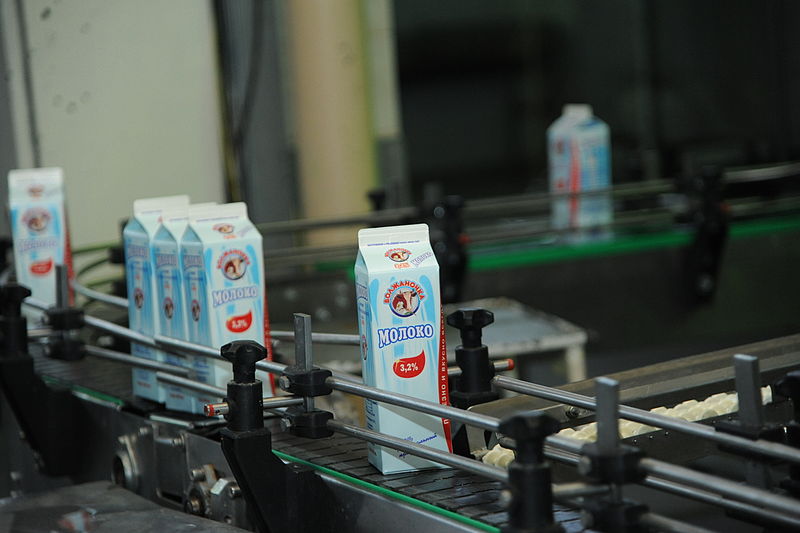Here are the key factors you need to consider when choosing a conveyor system.
Efficiency of the conveying process
At first sight, a pressure system looks more efficient because it may need a smaller blower and might be more versatile. A vacuum system doesn’t have the same amount of available pressure drop and may need a larger pump.
However, pickup and destination drop-offs are important parts of system design. Discussing the choice between pressure and vacuum as moving forces in a conveyor system, Processing Magazine makes the useful point that where there are multiple picking-up points in a system, a vacuum conveyor allows you to design a simple system to carry out the pickups, using pickup hoppers or wands. In plants, simplicity often equates to efficiency.
A pressure system has the opposite virtue. It’s ideal for multiple destinations, although an airlock may be required to deal with the pressure differential.
Image Credit
Robustness of receiving vessels
The vessel receiving from a vacuum conveyor http://www.aptech.uk.com/pneumatic-conveying-systems/vacuum-conveying/ has to be able to withstand the force of the vacuum, so it will need to be reinforced. In a pressure system, the receiving vessel can work at atmospheric pressure and will probably need a smaller filter.
The need for heating and cooling
In a pressure system, the blower may start to heat up the product. This will probably mean employing some method of cooling the line. In a vacuum system, there’s no rise in temperature during conveying, so no in-line cooling is required. The product rises in temperature after it is conveyed.
Preventing leaks
In the vacuum system, the negative pressure prevents materials such as powders from leaking out into the environment. This is important when products such as pharmaceuticals are being conveyed. In the pressure system, there is often a risk of the product blowing out from the line into the surrounding area.
This brief look at the factors you may need to consider has highlighted the need to carefully consider the kind of materials you need to convey and their properties. Then you can begin to look at the process design and whether you have multiple pick-up points, multiple drop-off points, or both. No two processes are exactly alike, and it’s advisable to take expert advice before deciding on a system.




